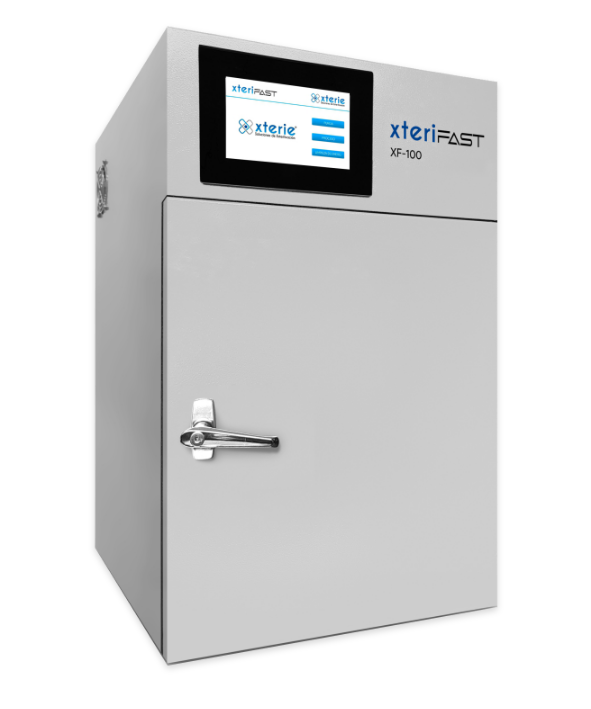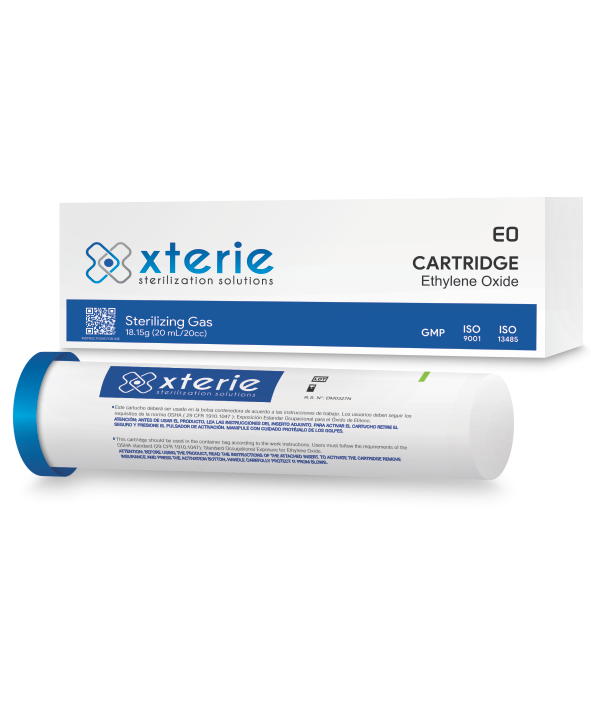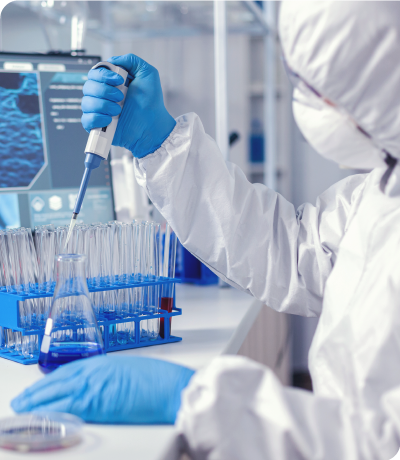
Equipo de esterilización de alta velocidad por óxido de etileno
Este moderno equipo de esterilización está desarrollado con tecnología de vanguardia, permite completar un ciclo de esterilizado en la mitad del tiempo que otros equipos. Compra ahora en Perú
Ver detalles
















